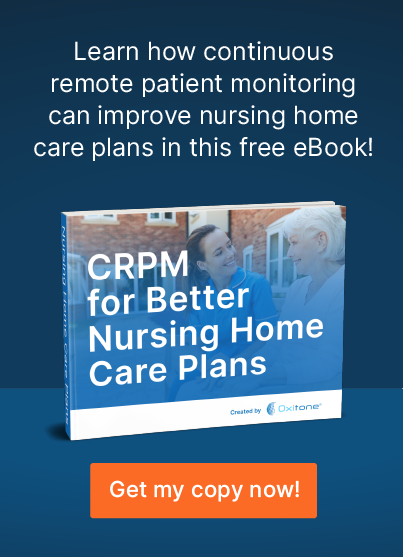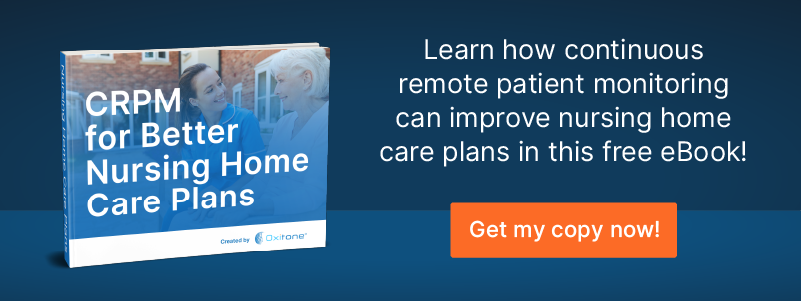COVID-19 has had a devastating impact on society and health. Over 3.5 million people have died from the coronavirus. More than 150 million people have been infected and are in various stages of recovery. Approximately 80% of people hospitalized with COVID continued to have symptoms two months later.
Post-COVID Care
The long-term prognosis of COVID-19 is still unclear. Some effects appear to linger for six months or more. Even after recovering from life-threatening conditions, patients often still face long-lasting effects.
Post-COVID symptoms often include:
- Difficulty thinking or concentrating (“brain fog”)
- Difficulty breathing
- Cough
- Painful joints or muscles
- Chest pain
- Depression or anxiety
- Headache
- Fever
- Palpitations
- Loss of smell or taste
- Dizziness upon standing
Even those suffering from mild COVID or asymptomatic infections can have continuing symptoms. Patients may also need rehab, including:
- PT
- Pulmonary
- Cognitive
- Mental health support
One of the challenges of post-COVID care is that monitoring often takes place outside of the clinical setting. For example, in-home care for post-COVID recovery is safer for patients and reduces stress but still requires monitoring of symptoms. For chronically ill patients especially, monitoring is essential.
Remote Patient Monitoring (RPM) for Post-COVID Care
Patients need to be monitored for shortness of breath, decreased blood oxygen levels, blood pressure, heart rate, temperature, heart anomalies, and other symptoms.
RPM can help manage post-COVID care by tracking vital signs and alerting patients and doctors to changes. However, monitoring only works if patients actively participate in the process.
Traditional remote monitoring kits include multiple devices, such as blood pressure cuffs, a thermometer, and a pulse oximeter. Patients are asked to use these devices multiple times a day, record the results, and report any significant changes.
In many cases, however, patients fail to comply. They may forget to take readings, fail to record or report the results, or miss crucial steps. Patients in distress may not even alert medical professionals. This can lead to serious complications that can impact their quality of life.
The Centers for Disease Control and Prevention reported that one in five new prescriptions are never filled. Of those that are filled, as many as half are not taken according to instructions. So, asking patients to use multiple devices multiple times a day and accurately report their results is unlikely to increase compliance.
Patients also tend to under-report their non-compliance to their doctors, so even remote monitoring may not provide the whole picture that physicians need to assess patient conditions and address the challenges of post-COVID care.
There is a better way.
Continuous Remote Patient Monitoring (CRPM)
CRPM makes it easier for patients to use and comply. Using a device such as the Oxitone 1000M, for example, lets patients continuously monitor multiple health signals with a wearable about the size of a watch.
The Oxitone 1000M is the world’s first FDA-cleared wrist-sensor pulse oximetry monitor. It’s easy to use and does not require a fingertip probe.
This one device can measure:
- Respiratory rate
- Skin temperature
- Motion/activity
- Sleep patterns
- Blood oxygen (SpO2)
- Pulse rate and HRV
By monitoring post-COVID conditions that can lead to exacerbations, a CRPM device can flag potential warning signs. Since monitoring is continuous, it tracks patient conditions over time. This makes it easier to spot anomalies. Predictive capabilities can detect even small pattern changes that can indicate potential problems.
A wearable works automatically, so patient compliance is more likely. It also helps patients be more aware of their condition and any changes. In addition, it’s easier for physicians to monitor patient conditions when data is automatically transferred. Medical professionals can check on patient conditions or progressions at any time.
During follow-up visits, clinician time is maximized because they have access to data they can rely on that shows continuous tracking rather than spotty or self-reported data. CRPM can reduce the overall cost of care by making the entire process more efficient and providing early alerting for dangerous conditions.
CRPM can also play a significant role in a patient’s mental health. Since they can be monitored in a home setting rather than a clinical one, they’re more likely to be relaxed. Patients maintain independence and can live the way that they normally do. Any worry over a change in condition that could lead to complications can also be lessened because there is continuous monitoring. CRPM tends to reduce stress in patients and lead to overall better patient outcomes.
Better Compliance, Better Data, Better Outcomes
CRPM can monitor post-COVID symptoms and provide the timely and accurate data that medical professionals and patients need to assess and treat symptoms. It is a better way to address the challenges of post-COVID care.
Here at Oxitone, we boost value-based healthcare by delivering extraordinary patient, clinical, and economical outcomes at reduced medical utilization and cost. Patients need a prompt response to emergencies. Physicians need an easy and timely follow-up with patients. Our mission is to transform chronic disease management and help save lives worldwide.
Let’s save lives together! To see how we help remote patient monitoring companies and physicians improve the management and care of high-risk patients, contact us today!


